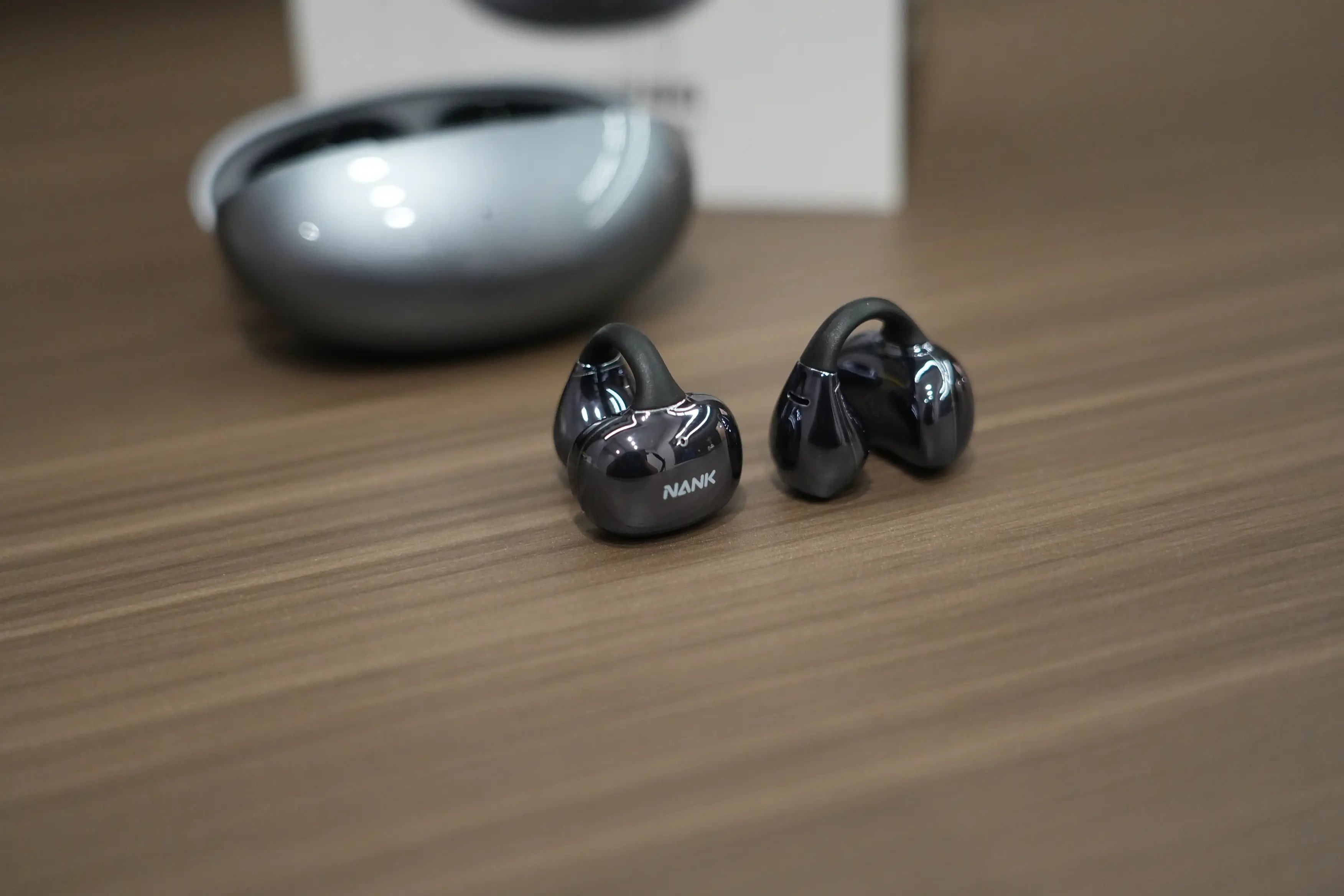Network latency is critical in online activities such as gaming, video calling and making Internet phone calls, as it directly affects the overall performance of Internet services. For gamers, low latency and extremely fast Internet connections are especially important.
Imagine if you're playing an FPS-type shooter game and your character is crouched behind cover and notices an enemy moving in the distance. You quickly take aim and pull the trigger, expecting the perfect “headshot” confirmation. Instead, you look at the death screen and wonder why you missed your target. Or maybe when you're shooting, the screen and audio are out of sync, causing you to misjudge your shot and ultimately fail. Often, the problem isn't slow reflexes or bad luck, but rather the effects of “system latency” or lag, which can cause you to lose the edge at critical moments, missing out on victories and affecting your gaming experience!
Therefore, ensuring low latency is the key to a smooth gaming experience, especially in a competitive environment.
What is Latency?
Simply put, latency refers to the delay between input (e.g., pressing a button or moving the mouse) and the system’s response to that input. It is usually measured in milliseconds (ms), and in the world of gaming, the lower the latency, the better.
In an ideal gaming setup, you want the actions you make in-game to reflect instantly on the screen, without any noticeable delay. Low latency mode is a setting or feature in games or hardware that minimizes this delay, making the interaction between you and the game world as seamless and responsive as possible.
Why Does Latency Matter to Gamers?
When it comes to gaming, especially competitive gaming, every millisecond counts. Here’s why low latency matters:
1. Enhances Gaming Responsiveness
Low latency ensures that your input (whether it’s moving the mouse or pressing a button) translates into on-screen actions almost instantaneously. This is crucial in fast-paced games, particularly first-person shooters (FPS), racing games, and multiplayer online battle arena (MOBA) games. In these games, timing is everything. If your actions are delayed even by a fraction of a second, it could mean the difference between landing a critical shot, dodging an attack, or winning a race.
2. Reduces Input Lag
Input lag refers to the delay between your input and the action appearing on the screen. Low latency reduces input lag, making the game feel more responsive and precise. In high-stakes competitive environments, the last thing you want is a delay between pressing the fire button and seeing your character shoot. A responsive game means you're in control of your actions, making the gaming experience much more enjoyable and competitive.
3. Eliminates Screen Tearing and Stuttering
Higher latency often leads to screen tearing and stuttering, particularly in online multiplayer games. This is when the frames of a game aren't rendered properly and create a "tear" in the visual output. Low latency ensures smoother frame delivery, which leads to a more fluid and immersive visual experience. Gamers can track their enemies more easily, land shots more accurately, and respond quickly to in-game events.
4. Improves Online Multiplayer Gaming
In multiplayer online games, low latency is essential for fair competition. When you're playing with others, the synchronization between your inputs and the server's response is key. High latency can cause delays in server communication, which can result in “rubberbanding” (where your character jumps around the map unexpectedly), delayed actions, or even disconnections. With low latency, your movements are more synchronized with the actions of other players, leading to a more enjoyable and competitive experience.
How to minimize the impact of latency?
Low-latency headsets and audio devices: For multiplayer games, audio latency is also an important factor. Choose a headset with Bluetooth 5.4 or a wired headset for faster audio transfer, and Nank Audio now offers open headsets with low latency for more efficient synchronization of audio with on-screen action.
Related open-ear headphone:
1. Nank Ultra

2. Nank Clip Pro

3. Nank OE Mix

Conclusion








